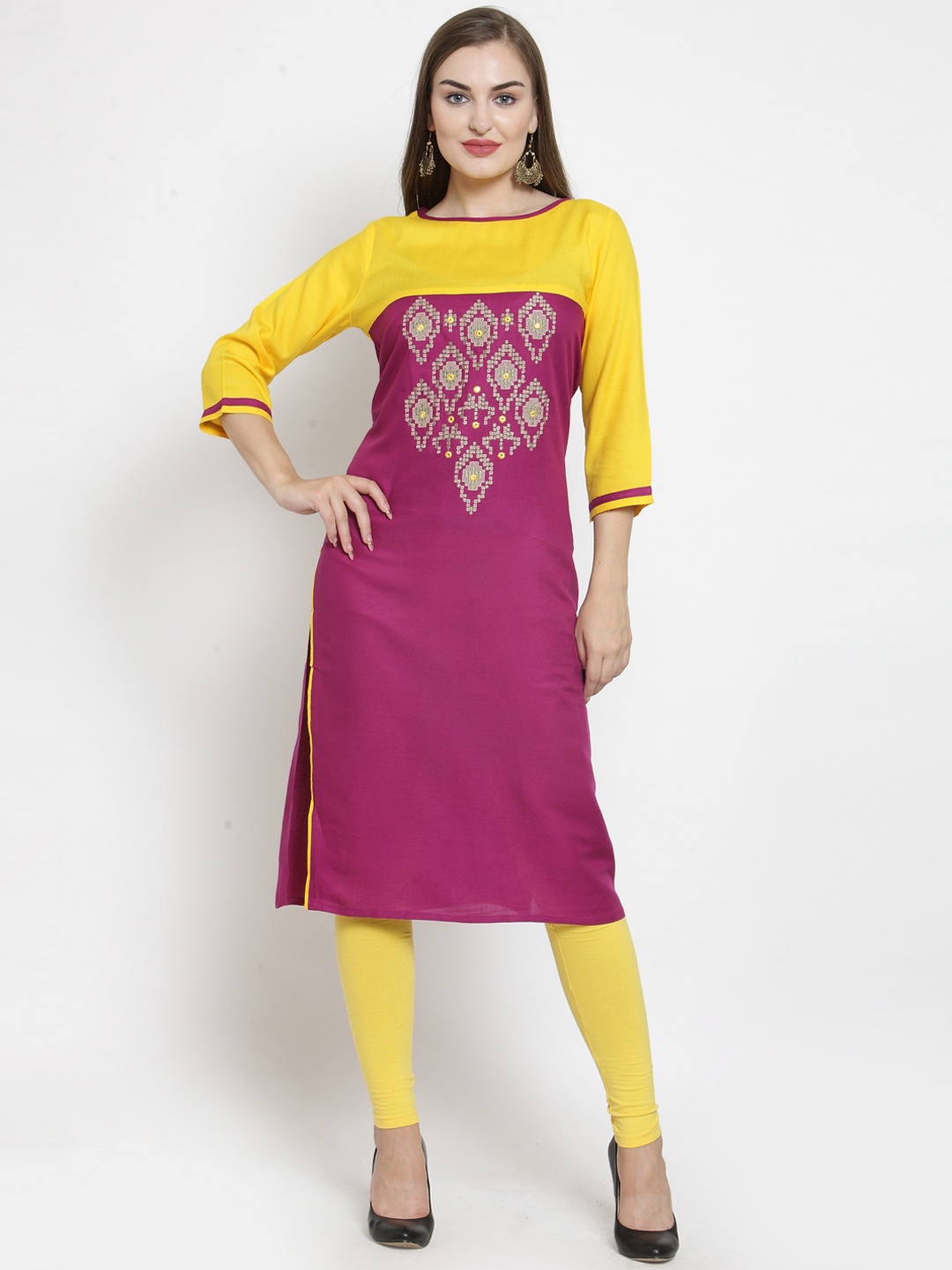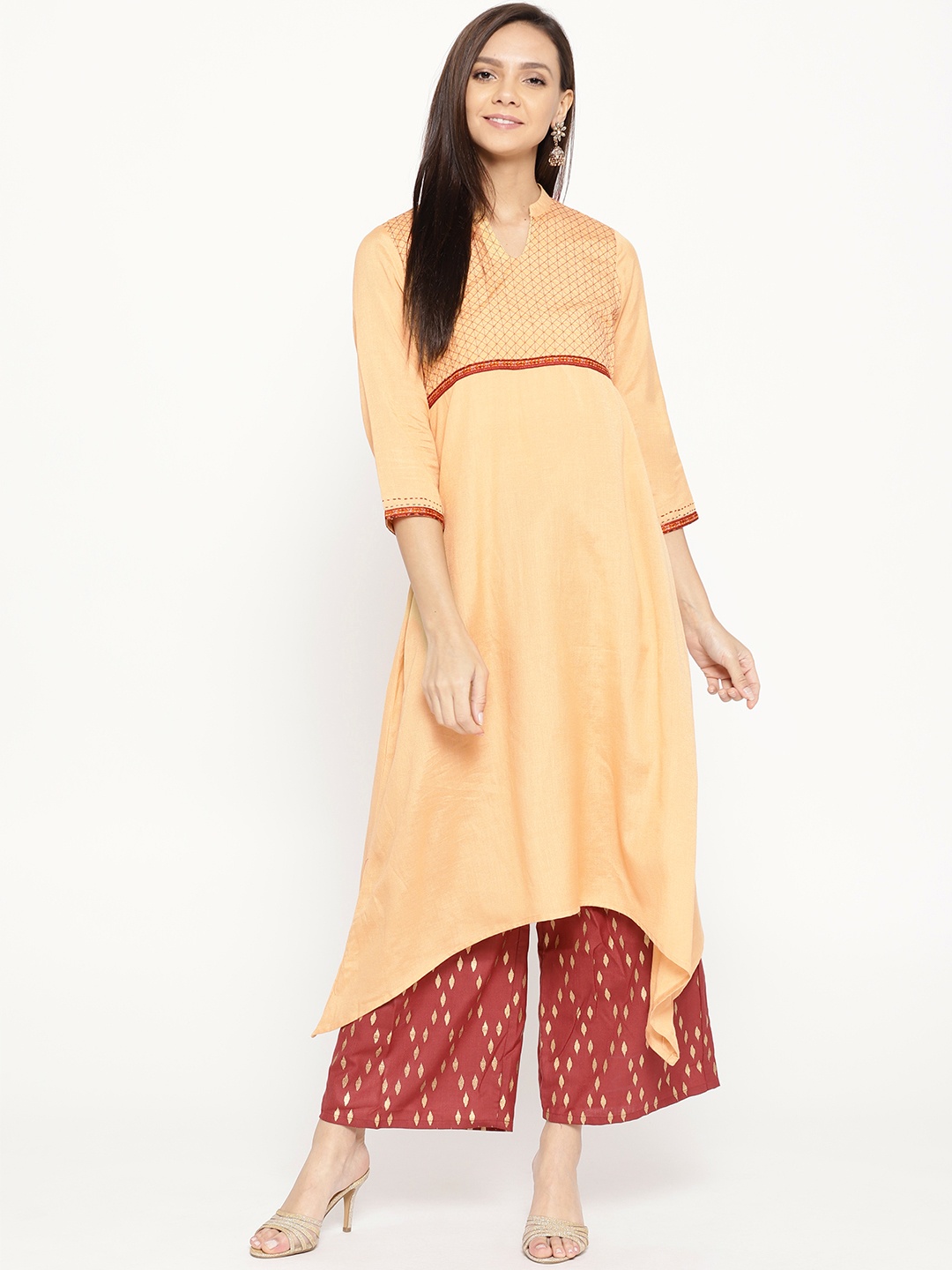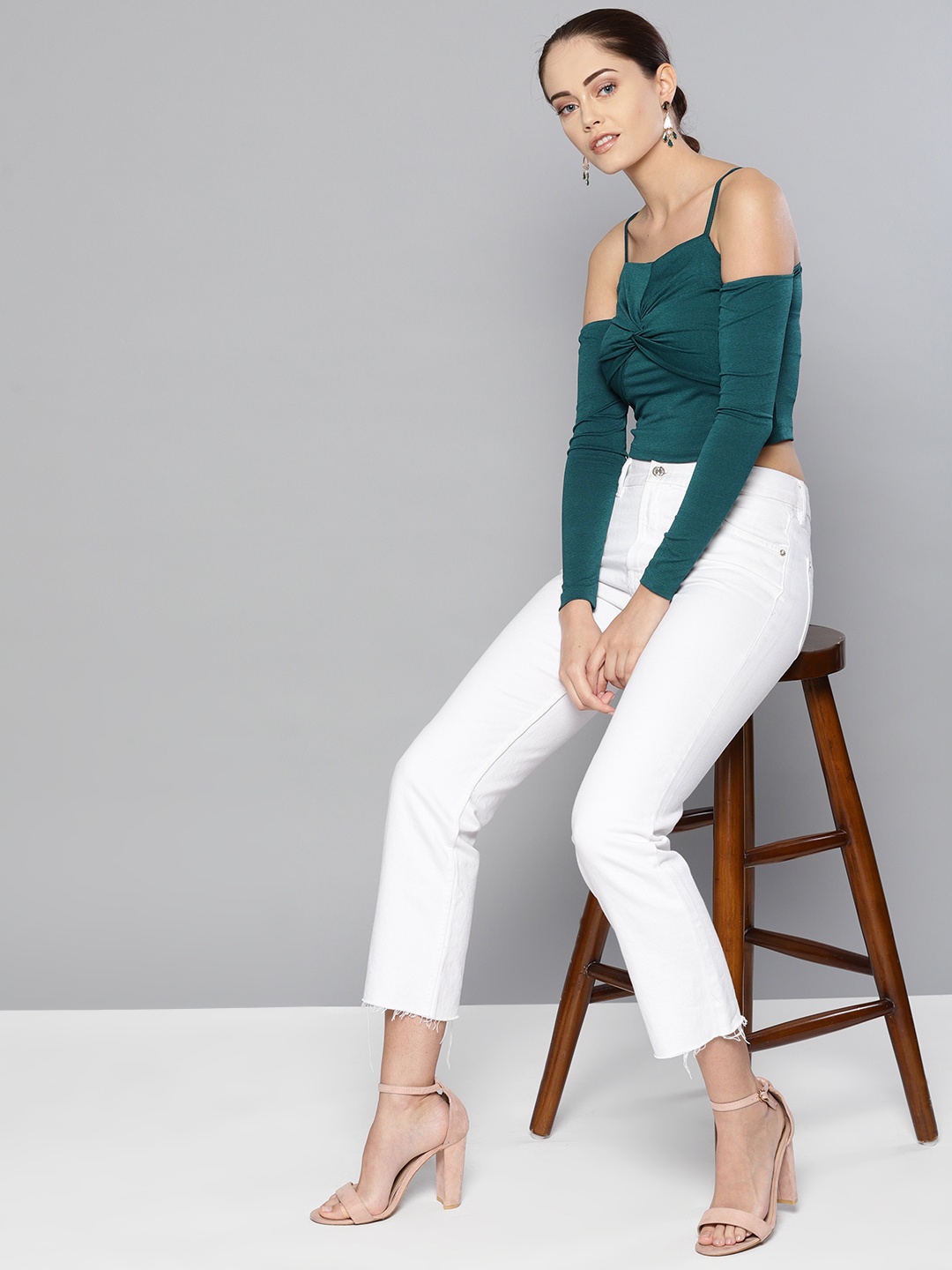How to Choose the Right Trekking Shoes: Expert Tips to Prevent Pain and Blisters
A good trek begins long before the trail. It starts with your shoes. Pick the wrong one, and every step feels like an argument with the earth. Our guide you towards the perfect trekking shoe for every journey.

How To Avoid The Wrong Trekking Shoe That Will Ruin Your Treks.
Every trekker knows this truth: the trail never punishes as much as the wrong shoe does. A breathtaking route in the Himalayas or the lush Western Ghats can turn into a test of patience when toes feel cramped, heels slip, or water seeps in at the first stream crossing. Many beginners walk into a store, see a tough boot with a chunky sole, and assume it can conquer every terrain. Yet the foot needs more than rugged looks; it needs thoughtful support, comfort and balance.
Treks demand trust in your footwear. When every step depends on grip, cushioning and fit, the right shoe becomes a silent companion. The wrong one becomes a loud distraction. To help you stay focused on sunsets, valleys and ridgelines, and not on blisters, here are 10 practical points that show how to choose the right trekking shoes to prevent pain and blisters.

How To Avoid The Wrong Trekking Shoe That Will Ruin Your Treks
Photo Credit: Pexels
How to Pick the Right Trekking Shoe: The 10 Must-Know Tips
1. Know the Terrain Before You Pick the Shoe
The biggest mistake many trekkers make is choosing shoes without considering the trail. A steep rocky section in the Himalayas needs a stronger grip than a soft forest path in the Western Ghats. Some shoes shine on loose gravel; others perform better on slushy ground after monsoon showers. Terrain shapes the way your foot lands, pushes off and balances.
For example, a shoe with deep lugs grips well on muddy slopes in the Sahyadris, but the same lugs feel uncomfortable on long stretches of flat tarmac during the approach to a trek. Lightweight hiking shoes work well on day treks with gentle climbs, while heavy-duty boots deliver stability on multi-day routes with boulders and scree.
Think of the terrain as a character and the shoe as its partner. The pair must match. Once you understand the conditions you will face, your shoe choice becomes clearer and your feet thank you with pain-free progress.
2. Choose the Correct Fit, Not the Flashy Look
A good-looking shoe catches the eye, but the right fit wins the trek. Many people fall for colours, patterns or brand names and overlook comfort. A shoe that squeezes the toes or rubs the ankle creates blisters that demand costly first-aid breaks.
A correct fit means enough wiggle room in the toe box, a snug midfoot and a secure heel. Your feet swell during treks, especially in warm weather, so a little extra space saves the nails from pressure. Wear the same socks you will use on the trek while trying shoes. Walk around the store, go up and down steps if possible and check for slipping inside the shoe.
A shoe's beauty fades as dust settles on it, but comfort enhances your memory of the trek. Choose the pair that hugs the foot with gentle confidence and ignore the urge to impress anyone on the trail.
3. Understand the Importance of Ankle Support
Ankle twists on treks often come from uneven steps, loose stones or sudden shifts in weight. Strong ankle support protects you from these surprises. Many beginners pick low-cut shoes because they feel lighter and more breathable. Yet a high-cut boot creates a sense of security when the trail turns tricky.
For treks with steep ascents or descents, proper ankle support keeps the foot stable. It reduces strain on the ligaments and helps maintain balance with a loaded rucksack. Trails in regions like Uttarakhand or Himachal often involve rocky staircases that challenge stability. A mid or high-ankle shoe absorbs these challenges with confidence.
However, not every route demands maximum support. Forest trails or shorter day hikes feel more comfortable with lightweight low-cut options. The secret lies in matching ankle support with the difficulty level of your trek. A supportive shoe helps you walk taller, steadier and without fear of falling.
4. Don't Ignore the Sole, It's the Heart of the Shoe
The sole decides how confidently you step on unpredictable ground. A soft sole grips well on smooth surfaces but wears out quickly on rough terrain. A tougher sole handles stones and tree roots yet feels stiff on flat trails. Every trekker needs to understand this balance.
Deep, multidirectional lugs offer better traction. They bite into mud, debris and loose gravel, keeping your foot stable. On rocky Himalayan sections, a sturdy rubber sole ensures dependable grip and prevents slips that lead to scraped knees. Shoes with stronger midsoles support the arch and reduce foot fatigue during long climbs.
Before buying, turn the shoe over and study the sole pattern. Press the sole with your thumb. Flex it. Feel how it responds. The sole acts like the shoe's heartbeat; its rhythm defines the quality of your trek. A good sole gives confidence, while a poor one steals it silently.
5. Pick Breathable Materials to Prevent Sweaty Struggles
Feet work hard on treks. They sweat, swell and beg for air. Shoes with breathable materials keep them cool and dry. A mesh upper allows ventilation, cuts down odour and reduces the chance of fungus, especially on monsoon treks when feet remain damp.
Non-breathable shoes trap sweat, creating a slippery feeling inside. That moisture softens the skin, making it more prone to blisters. Breathable shoes feel fresh even after long hours of movement. In warm regions, where temperatures rise quickly once the sun climbs, this airflow feels like a blessing.
Breathability does not mean flimsy construction. Many modern trekking shoes combine durable synthetics with mesh to give strength without suffocating the foot. Look for this balance. A fresh, cool foot moves faster and stays happier through every kilometre.

How To Avoid The Wrong Trekking Shoe That Will Ruin Your Treks
Photo Credit: Pexels
6. Consider Waterproofing Only When It Truly Helps
Waterproof shoes sound attractive, but they don't suit every trek. They protect feet during snow walks, stream crossings and heavy rain. Yet they also trap heat in warm conditions, making toes feel like they sit inside a steam chamber.
On winter treks or high-altitude routes, waterproofing works wonders. Snow melts on the surface of the shoe without seeping in. However, on sweaty monsoon trails below the mountains, waterproof shoes struggle to ventilate. Once water enters from the top, it stays inside, adding weight and discomfort.
Choose waterproof shoes only when the route demands it. For most day treks or warm-weather trails, quick-drying breathable shoes perform better. A waterproof shoe costs more, often around ₹5,000 to ₹9,000, so invest wisely. Let your trek guide the decision rather than the excitement of owning a fancy feature.
7. Don't Buy Shoes Too Close to Your Trek Date
Many trekkers pick shoes just a week before their trip. Fresh shoes feel stiff. They need time to adjust to the shape of your feet. Without this break-in period, the shoe rubs against sensitive spots, causing blisters, hot spots and mild swelling.
A good practice involves buying shoes at least three to four weeks before the trek. Use them during daily walks, stair climbs and short outdoor sessions. Let the material soften, let the insole settle and let the shoe learn your walking pattern. By the time you reach the trail, your feet settle naturally into the shoe without discomfort.
Shoes behave like new companions. They warm up to you. Give them that chance. The more time you spend with your shoes before the trek, the more pleasant the journey becomes.
Also Read: How Often Should You Replace Running Shoes? Key Signs Your Footwear Is Worn Out
8. Don't Skimp on Quality to Save a Little Money
A trekking shoe guards your feet over long distances. Cheap shoes may look promising at first, but they often lack cushioning, durable soles and proper construction. A shoe failure on the trail costs more than the extra ₹1,500 or ₹2,000 saved during purchase. Imagine a sole peeling off halfway up a hill or stitching coming undone during a descent, troubles no one wants.
Quality shoes usually start around ₹3,000 and go higher depending on features. They last longer, perform better and support the foot during tough climbs. A good shoe spreads load evenly and prevents injuries that require rest or medical attention. Look at it as an investment in comfort and safety.
Instead of choosing the cheapest option, select a shoe that delivers reliability. Comfort and protection always hold more value than temporary savings.
9. Understand the Role of Socks in Overall Comfort
Many trekkers overlook socks while searching for the perfect shoe. Yet socks influence comfort as much as the shoe itself. Cotton socks absorb sweat and stay wet for hours, creating friction that leads to blisters. Quick-dry trekking socks offer better moisture control and cushioning.
Pick socks that reach above the ankle, especially when wearing mid or high-cut boots. This prevents rubbing and improves comfort on long descents. For cold regions, thermal socks keep toes warm without adding bulky layers. Carrying an extra pair always helps, since changing into dry socks refreshes the feet instantly.
Good socks enhance grip inside the shoe, reduce odour and improve blood circulation. They protect the skin from harsh rubbing and keep the foot stable inside the shoe. Treat socks as partners of your trekking shoes, not accessories. Together, they create comfort that lasts through every climb and descent.
10. Test the Shoe in Realistic Conditions Before Trusting It
A shoe may feel perfect indoors but behave differently outdoors. Smooth store floors never reveal how a shoe grips on wet steps, loose stones or dusty slopes. Before your trek, take the shoe out on a small hill or uneven pavement. Test its grip, flexibility and comfort.
Walk on slopes, hop over small rocks and climb a few sets of stairs. Check how the heel responds during downhill movement. Ensure the front has enough room during a quick jog. Tight corners, sudden stops and side movements reveal whether the shoe supports the ankle well.
Testing saves you from surprises on the trail. It helps you understand how the shoe performs under realistic pressure. Every trekker deserves confidence with each step. This small practice session builds that trust and lets you walk into your trek with relaxed feet and a ready mind.

How To Avoid The Wrong Trekking Shoe That Will Ruin Your Treks
Photo Credit: Pexels
Products Related To This Article
1. Wildcraft Men Clivton 3 Trekking Shoes
2. Decathlon QUECHUA - Women Blue Waterproof Hiking Shoes
3. ADIDAS TrekStride Men Trekking Marking Shoes
4. Columbia Women Hatana Breathe Running Shoes
5. Red Tape Women Round Toe Lace-Up Trekking Shoes
6. Eego Italy Men Black Leather High-Top Trekking Shoes
7. OFF LIMITS TerraMax Men Trekking Non-Marking Shoes
A perfect trekking shoe feels like a trustworthy companion, quiet, supportive and always ready for the next step. Choosing the right pair involves more than picking a design you like. It means understanding terrain, prioritising comfort and respecting what your feet truly need. Treks hold beauty, challenge and stories waiting to unfold. The wrong shoe distracts you from all that. The right one guides you safely through forests, ridges and valleys.
With careful choices, a little patience and thoughtful testing, your feet experience every trail with ease. Let every trek become a memory of joy, not a lesson in foot pain.
(Disclaimer: This article may include references to or features of products and services made available through affiliate marketing campaigns. NDTV Convergence Limited (“NDTV”) strives to maintain editorial independence while participating in such campaigns. NDTV does not assume responsibility for the performance or claims of any featured products or services.)
























